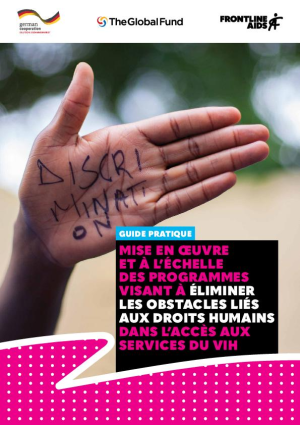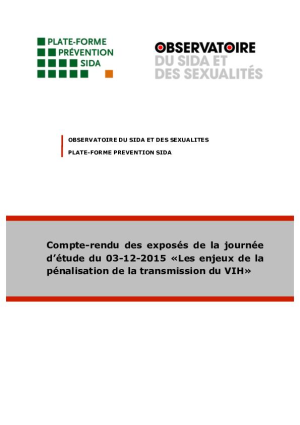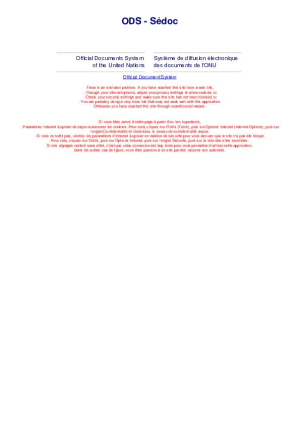Mise en oeuvre et à l’échelle des programmes visant à éliminer les obstacles liés aux droits humain dans l’accès aux services du VIH
Cette publication s’appuie sur des orientations techniques mondiales existantes sur les réponses en matière de droits humains et vise à faire avancer les efforts visant à soutenir les responsables de mise en œuvre dans la conception et la réalisation de programmes de droits humains qui soient de qualité, bien intégrés, pérennes et portés à grande échelle. Ce document d’orientation est pratique et organisé autour de l’approche relative à l’investissement dans la lutte contre le VIH. Elle aide les responsables de mise en œuvre à comprendre les composantes programmatiques des interventions de qualité et fondées sur des données probantes visant à éliminer les obstacles aux services.
Les enjeux de la pénalisation de la transmission du VIH
Un compte-rendu de la journée d’étude organisée par la Plate-forme Prévention Sida et l’Observatoire du sida et des sexualités. Des acteurs scientifiques et institutionnels actifs en Belgique, France, Suisse, Canada examinent les enjeux de la pénalisation de la transmission du VIH en matière de lutte contre le sida, de judiciarisation des relations sociales et de droits humains.
Guide pratique à l’intention du législateur sur le VIH/SIDA, la législation et les droits de l’homme
A pour but d’aider les parlementaires et autres représentants élus à formuler et promulguer une législation efficace et à entreprendre une réforme législative appropriée pour lutter contre le SIDA. Donne des exemples d’approches législatives et réglementaires exemplaires, en provenance du monde entier. (Le contenu de ce guide va au dela de la criminalisation du VIH).
Rapport du Rapporteur spécial sur le droit qu’a toute personne de jouir du meilleur état de santé physique et mentale possible
Le commentaire (A/HRC/14/20) comprend des déclarations claires soulignant les nombreuses façons dont la criminalisation sape une réponse efficace au VIH.




